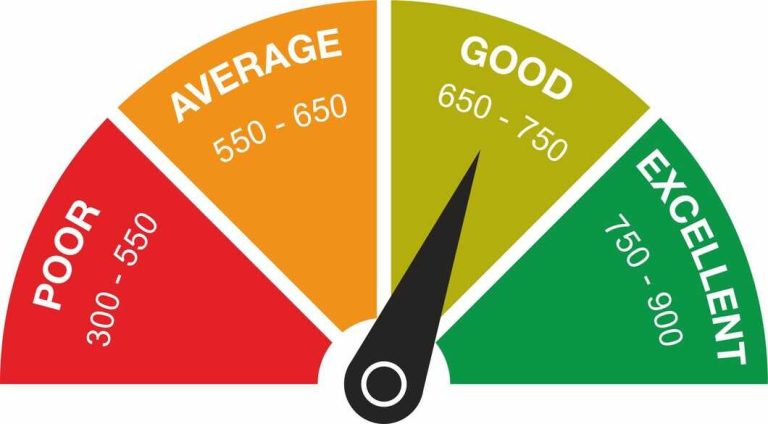Small Vs Large Cap Fund: Which One is Best and Why?
Investing in mutual funds has become a popular way for individuals to grow their wealth. Among the myriad options available, two primary categories often stand out: small cap mutual funds and large cap mutual funds. Each of these investment options has its unique characteristics, benefits, and risks. Understanding these can help investors make informed decisions tailored to their financial goals and risk tolerance.
Small Cap Mutual Funds
Small cap mutual funds invest in companies with a smaller market capitalization, typically ranging from ₹500 crore to ₹2,000 crore. These companies, often in their growth phase, have the potential to deliver higher returns due to their ability to expand rapidly. Let’s delve into some significant advantages and drawbacks associated with small cap funds.
Advantages:
1. Higher Growth Potential: Small cap companies can potentially grow at a faster pace than their larger counterparts. This can lead to substantial capital appreciation over the long term.
2. Market Inefficiencies: Smaller companies are often less researched, which can create opportunities for skilled fund managers to identify undervalued stocks and generate alpha.
3. Diversification Benefits: Including small cap mutual funds in a portfolio can provide diversification benefits and reduce exposure to market risk associated with large cap stocks.
Drawbacks:
1. Higher Volatility: Small cap stocks are usually more volatile and sensitive to market fluctuations. This can result in significant price swings, especially in bearish market conditions.
2. Liquidity Concerns: Trading volumes for small cap stocks may be lower, potentially leading to liquidity issues during market downturns.
3. Higher Risk: As smaller companies may have less stable revenue streams and limited access to capital, the risks associated with investing in small cap funds are higher.
Large Cap Mutual Funds
Large cap mutual funds, on the other hand, focus on companies with a market capitalization of ₹20,000 crore or more. These companies are usually well-established with significant market presence and stable earnings. Here’s an exploration of the positive and negative aspects of large cap funds.
Advantages:
1. Stability and Reliability: Large cap companies often exhibit stable financial performance and robust business models, making such funds a reliable investment choice.
2. Liquidity Advantage: These stocks have high trading volumes, providing liquidity and ease of buying and selling.
3. Consistent Returns: Large cap funds may provide more consistent and moderate returns over the long term, appealing to risk-averse investors.
Drawbacks:
1. Lower Growth Potential: Due to their massive scale, large cap companies often experience slower growth, limiting potential for rapid appreciation.
2. Market Efficiency: Since large cap stocks are widely covered by analysts, finding undervalued stocks is more challenging, limiting the scope for fund managers to outperform the market significantly.
3. Higher Costs: Large cap funds may involve higher expense ratios compared to small cap funds, impacting net returns.
Performance Comparison and Calculation
Investment decisions are often influenced by past performance. However, it is crucial to remember that historical returns do not guarantee future gains. A hypothetical analysis can help illustrate potential returns:
Let’s assume an investor allocates ₹10 lakh in both small cap and large cap mutual funds. Given a scenario where small cap funds provide an annualized return of 15% and large cap funds offer 10% over five years, the investment growth would be as follows:
- After 5 years, ₹10 lakh in small cap funds would grow to approximately ₹20,113,295.
- After 5 years, the same amount in large cap funds would grow to around ₹16,105,100.
While the potential for higher returns is apparent with small cap funds, it’s essential to acknowledge the associated risks and volatility.
Conclusion: Deciding Which is Best
Choosing between small cap mutual funds and large cap mutual funds ultimately depends on individual goals, risk appetite, and investment horizon. Small cap funds may suit aggressive investors seeking high growth, while large cap funds could appeal to those prioritizing stability.
Summary
In the debate of small cap mutual funds versus large cap mutual funds, the “best” option depends on individual investor preferences and objectives. Small cap mutual funds, characterized by their higher growth potential and inherent volatility, might attract investors inclined towards aggressive growth strategies. Conversely, large cap mutual funds offer stability, reliability, and consistent returns, making them appealing to risk-averse investors.
While past performance indicates potential trends, investors must conduct thorough research and consider all aspects of each investment option, including market conditions, personal financial goals, and risk tolerance. Investment success often hinges on a balanced portfolio tailored to individual needs and aspirations.
Disclaimer: Investing in mutual funds involves risks, including the loss of principal. Potential investors should perform comprehensive research and consider all factors before making investment decisions in the Indian financial market. Past performance is not indicative of future results.






